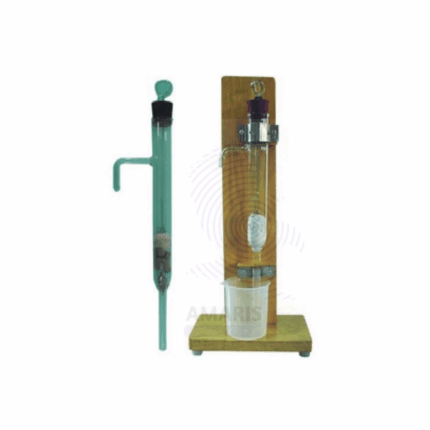“Balance lever” has been added to your cart. View cart
“Balance lever” has been added to your cart. View cart
Shipping & Delivery
Related products
balance spring
$0.01
Beaker Plastic
$0.01
A plastic beaker is a laboratory container made from plastic material, typically featuring a cylindrical shape with a flat bottom and a spout or pouring lip. It is used for holding, measuring, and mixing liquids or substances during various scientific experiments, research, or educational activities. Plastic beakers come in a range of sizes and are designed to withstand various chemicals and temperatures, making them versatile tools in laboratory settings.
Bernoulli Tube Apparatus
$0.01
The Bernoulli tube apparatus, also known as a Venturi tube apparatus, is a scientific device used to demonstrate the principles of fluid dynamics, particularly the Bernoulli's principle. It consists of a specially shaped tube with a constricted region, often referred to as a Venturi section. When fluid (liquid or gas) flows through the tube, the constricted section leads to changes in pressure and velocity according to Bernoulli's principle, which states that as the velocity of a fluid increases, its pressure decreases and vice versa. This apparatus is commonly used in educational settings to visually illustrate how the flow of a fluid can affect its pressure, helping to explain various phenomena like lift in aircraft wings, fluid flow through pipes, and more.
blow pipes
$0.01
A blowpipe apparatus is a scientific instrument used in analytical chemistry and mineralogy for conducting various tests, particularly flame tests and microchemical reactions. It typically consists of a small tube or pipette through which a controlled stream of air or oxygen is blown onto a sample being heated. This stream of air or oxygen enhances the combustion of the sample, allowing the observation of characteristic colors emitted by different elements when they are vaporized and excited by the heat. The blowpipe apparatus is often used to identify and differentiate between different elements and compounds based on their unique emission spectra and reactions.



















